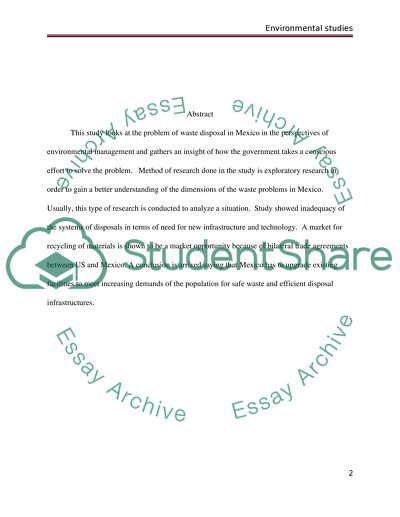Cite this document
(“Relationship between poverty and environment Term Paper”, n.d.)
Retrieved from https://studentshare.org/environmental-studies/1424568-relationship-between-poverty-and-environment
Retrieved from https://studentshare.org/environmental-studies/1424568-relationship-between-poverty-and-environment
(Relationship Between Poverty and Environment Term Paper)
https://studentshare.org/environmental-studies/1424568-relationship-between-poverty-and-environment.
https://studentshare.org/environmental-studies/1424568-relationship-between-poverty-and-environment.
“Relationship Between Poverty and Environment Term Paper”, n.d. https://studentshare.org/environmental-studies/1424568-relationship-between-poverty-and-environment.


